The most expensive fragrances in the world contain rare and valuable ingredients that can cost upwards of $10,000 per kilogram.
For centuries, perfume has long been regarded as a symbol of luxury, especially those made with the finest and rarest ingredients money can buy. While the increased availability of raw materials and technologies have created a new market of affordable scents, this wasn’t always the case.
READ ALSO: Sunny Season Fragrances: Four Must-Have Perfumes For The Summer
A Brief History of Luxury Scents
The earliest recorded use of perfume can be traced back to ancient Egypt, where these fragrances were used in significant religious rituals and festivals. In the Persian Empire, the goods were mainly used by members of the upper class as an indication of political status. Meanwhile, the Europeans considered perfume to be a luxury item and status symbol as early as the Middle Ages.
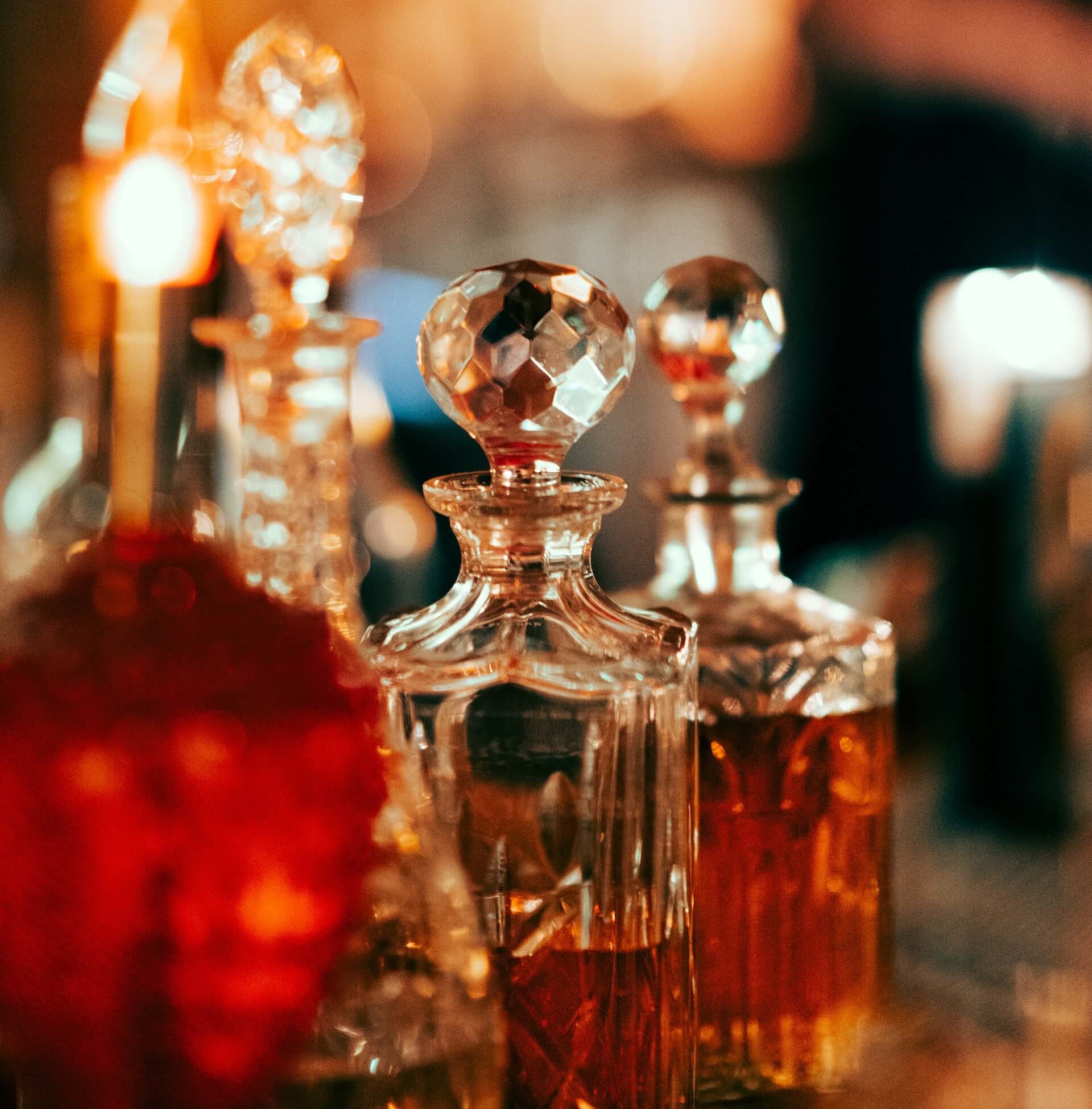
An Expensive Process
Even amid today’s growing fragrance market, perfumes are sorted into two general categories—luxury and affordable. In the former category, perfumes continue to be emblematic of wealth and prestige, and are produced by some of the biggest luxury brands in the world. These include names like Bulgari, Chanel, and Gianni Vive Sulman, among others.
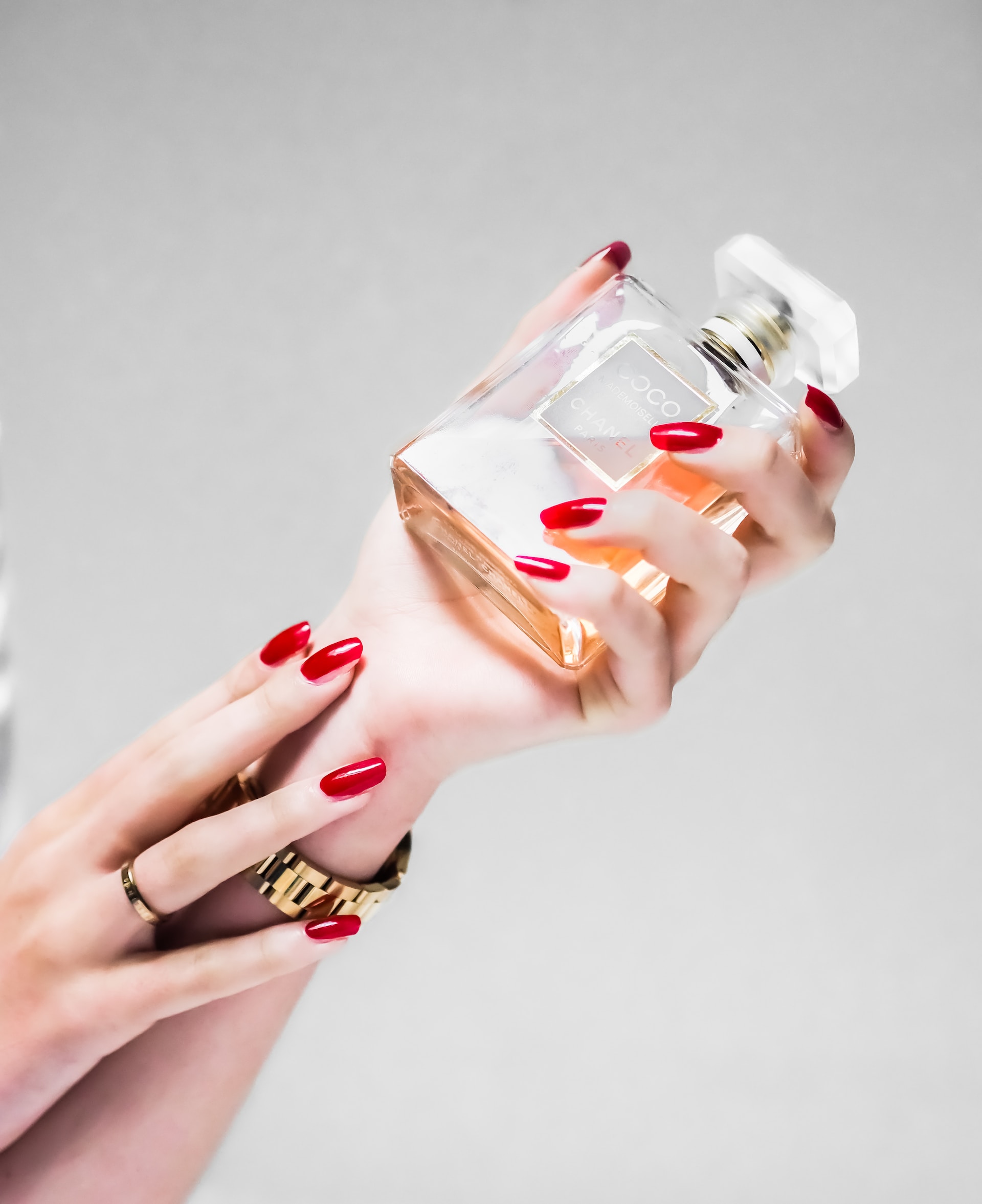
Beyond brand name, the most expensive perfumes also fetch high prices due to the cost of their ingredients. Delving deeper, the price of raw materials will depend on how difficult it is to acquire and process them for essential oils.
So what exactly are the priciest perfume ingredients in the world? Read on to find out and learn more about what makes them so valuable:
Ambergris
Ambergris is a waxy substance with a peculiar origin: sperm whale intestines. Though this might seem a bit disgusting, the material is highly valuable and coveted. That’s because ambergris is used as a perfume fixative that helps scents last longer on the skin.
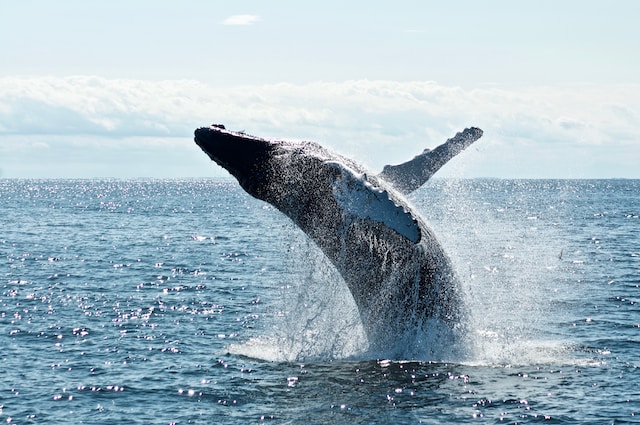
The only catch is that it’s quite difficult to come by: only one percent of sperm whales are able to produce it. The material is essentially fecal matter that floats on the ocean’s surface or along coastlines once excreted. It’s usually found in places like the Maldives, Madagascar, and India, and can cost $10,000 per kilogram.
In June 2021, the BBC reported that two Yemeni fishermen found 127 kilograms of ambergris and sold it for an impressive $1.5 million.
Saffron
Saffron is one of the most valuable spices in the world, so it’s no surprise that perfumes using the ingredient can fetch high prices. The spice is made from the stigmas of the Crocus sativus or Saffron crocus, which are commonly harvested in Iran.
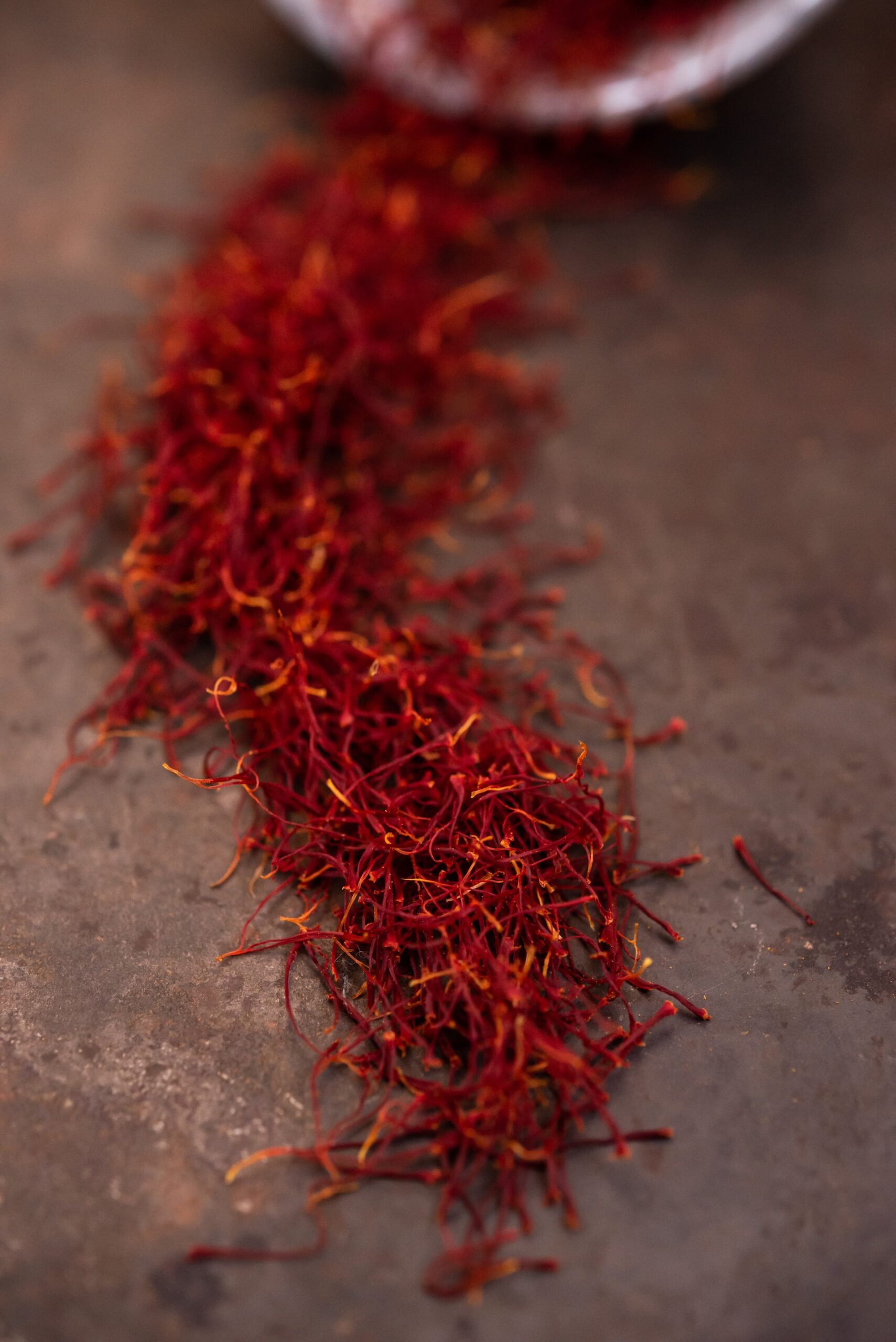
Acquiring the raw material is often tedious: the crocus stigmas must be picked by hand individually and dried. What’s more, it takes roughly 150,000 flowers just to create a kilo of saffron. So it’s no wonder that the spice is called “Red Gold” and can sell for $3,000 to $14,000 per kilo, depending on its quality.
Jasmine
Much like saffron, creating essential oils from jasmine requires intensive labor and resources. Of course, the market contains many women’s perfumes made from synthetic jasmine scents. However, fragrances that use the real deal—especially as a high-grade, concentrated oil—are expensive for a reason.
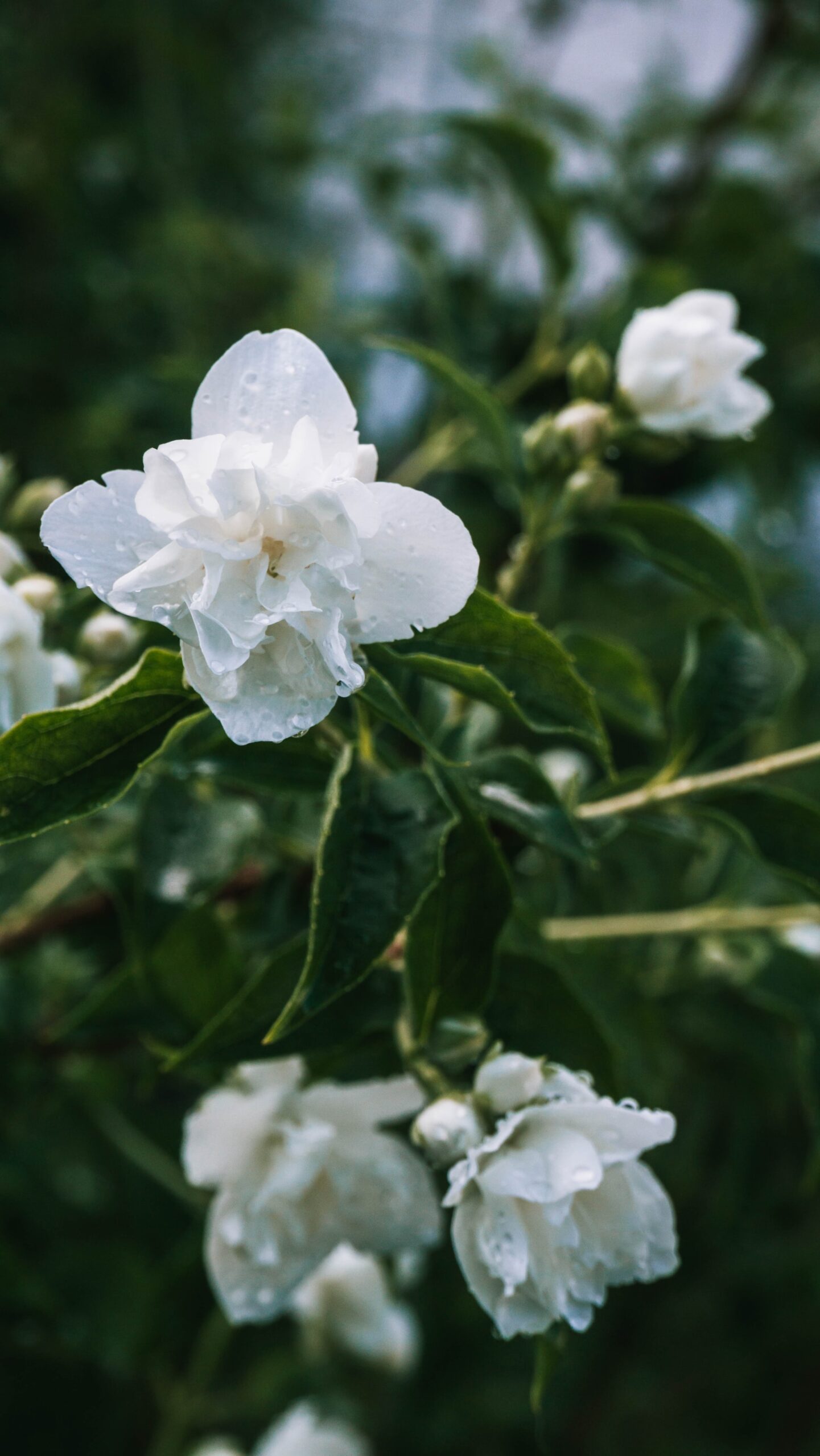
Generally, producing one pound of jasmine oil requires around 2,000 flowers; but 1/25 ounces of concentrated “absolute oil” often uses around 8,000 blooms. Jasmine flowers also have delicate petals that are prone to bruising. As such, they need to be kept in special baskets and processed as soon as possible. ⅛ of an ounce of jasmine oil can cost around $96.
Bulgarian Rose
The oil of Bulgarian roses produces a sweet smell with a touch of spice. That said, extracting it from the flowers is a complex process, resulting in high prices for the raw material. Making a single ounce of concentrated essential oil requires around 10,000 pounds of Bulgarian rose petals.
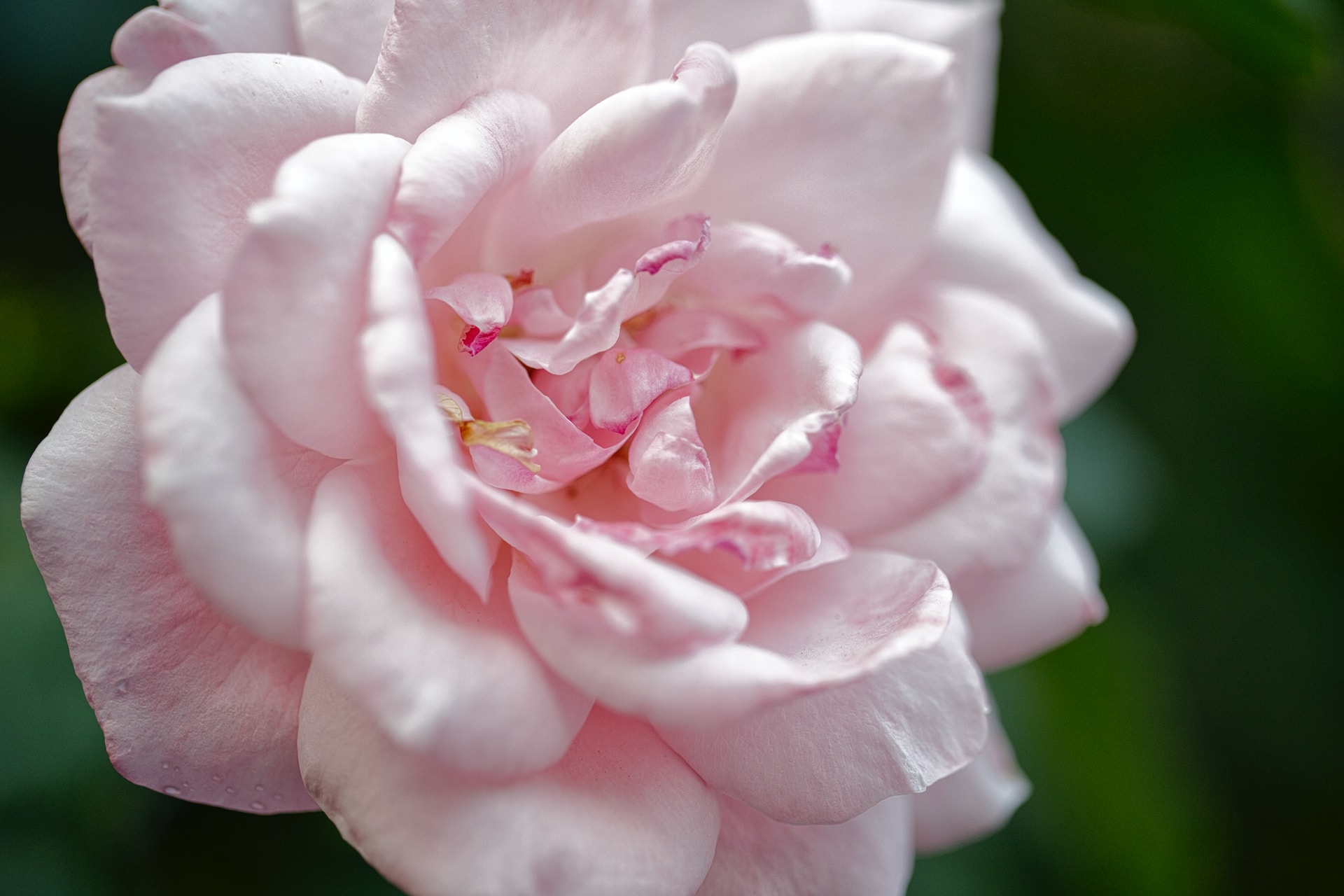
These flowers are only available for a very short period of time, mainly in the Rose Valley of Bulgaria. Harvesters must work quickly from May to June, selecting only fully-opened buds. The blooms must also be picked early in the morning, usually no later than 10:00 am, since this is the period when they’re most moist with dew. Just ⅛ of an ounce of absolute essential Bulgarian rose oil can cost around $237.
Oud
Oud is a desirable perfume ingredient that yields a strong, woody scent. The product can only be derived from agarwood trees (commonly the Aquilaria tree) in Southeast Asia and the Middle East. The trees must also be infected with a type of fungus called Phialophora parasitica.
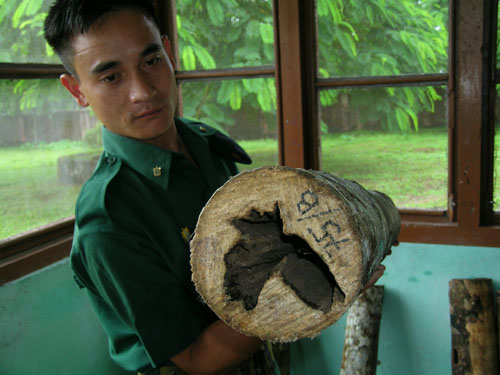
The infection causes the tree to produce a dark, fragrant resin, which is the oud or oudh. The quality and aromatic properties of oud also depend on factors like the species of agarwood tree, the tree’s location, and the length of infection—which can all affect price.
That said, most oud fetch high prices, as one ounce could cost around $1,000. Meanwhile, rarer oud oils can cost $3,000 to $49,000.
Banner photo by Mahdi Dastmard via Unsplash.





